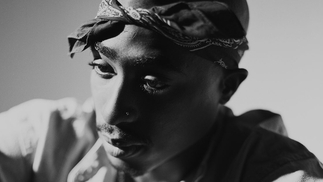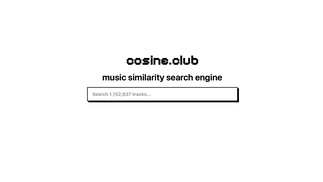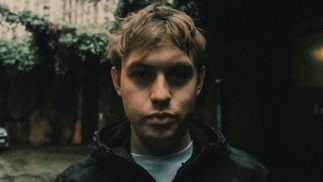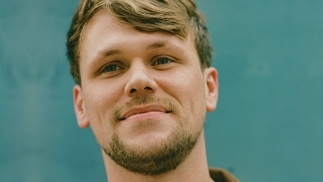Premiere: Jaymie Silk ‘Temptation’
Jaymie Silk experiments with AI generated vocals on his storming new EP for Pelican Fly, ‘Rub Music Vol.1: Artificial Realness’
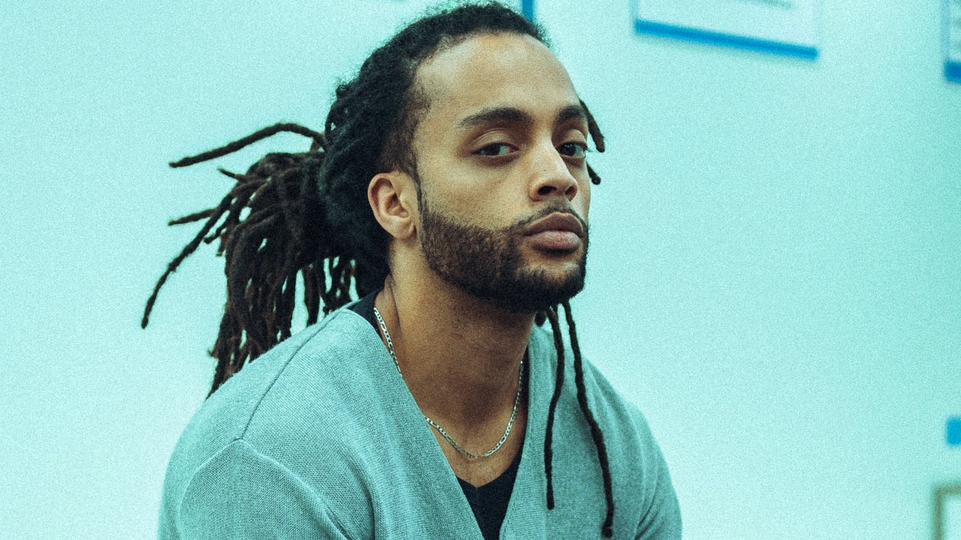
Jaymie Silk will release a new EP, ‘Rub Music Vol.1: Artificial Realness’, this month via Brussels’ Pelican Fly label. Listen to ‘Temptation’ below.
Following his 2022 bi-weekly single series, and his album 'The Rise & Fall Of Jaymie Silk & Rave Culture', the Paris-based producer returns with five brand new tracks that further establish the genre he has dubbed “rub music” (a contraction of “rave” and “club” music) with vocals generated using artificial intelligence tools.
Using recordings of artists including Tupac, The Weeknd and Kendrick Lamar as base samples, the vocals on ‘Rub Music Vol.1’ were all generated using AI, as was the animal that appears on EP’s artwork, designed by Pelican Fly’s Richelle.
Blending elements of techno, house, breaks and ‘90s rave music, the tracks on this EP are dancefloor slammers first and foremost, with acid basslines, red hot melodies and funk-fueled beats erupting out of each cut. The vocal trickery and experimental methods employed point to Silk’s continued devotion to innovation within the dance music’s framework. The EP is capped off with a remix of opening track, 'Illusions' courtesy of Brodinski & Modulaw.
Ahead of the EP’s release, we caught up with him to learn more about his decision to explore the potential of utilising AI in music, and the possible risks and gains that come with the advancement of this technology. Read the Q&A below.
‘Rub Music Vol.1: Artificial Realness’ will be released on 25th January. Pre-order/save it here.
What inspired you to use AI to make this release?
“It all started when I was looking to get back to a more radical sound, having spent the last two years experimenting on projects that will remain unreleased (with funk, pop and rock tones). I had just finished a series of tracks where I went back to what I did in my early rap days, which was sampling anything and everything: YouTube sounds etc. After connecting with DJ Stingray 313 on Instagram, I thought I'd try to add a ‘technological’ touch to my music. I've always incorporated voice samples and speeches (e.g. the track ‘Freedom for Everybody’), and I've always been obsessed with Daft Punk's robotic voices. I started researching on the internet and was amazed to see that AI voice emulation was possible – something that, to my knowledge, didn't exist a year ago.
Last October, the Recording Industry Association of America warned about the risk of artificial intelligence in music. Seeing that it was becoming more and more prevalent in the visual arts, and that no one had addressed the idea in dance music, I felt compelled to do so.”
What was the process like? Talk us through how you made it work.
“I think the process is the key to any artistic endeavour. That's a conclusion I came to with Richelle from Pelican Fly: it's not so much the end result that counts, but the process. Growing up in the DIY generation, I've always had a ‘destructive’ approach to my music, as opposed to having a studio quality sound.
“We are still in the early days of emulating voices with artificial intelligence. It's not 100% optimal yet, so I had to do some sound design to make it sound as natural as possible. The fact is that some are more similar than others and, above all, it depends on what you want the plug-in to say. For example, Tupac, on the first track of the EP, is frighteningly similar. For The Weeknd, on the track ‘Artificial Realness’, he was already simulated with the flow, the voice, the intonation, in a singing way.
“To get the vocal segments I was interested in, I proceeded with a text to speech. Then, according to the fluctuations of the voice, the flow etc I had to sample, cut, and reassemble them to create the rhythm I wanted, according to the vocalist I was using.”
You mentioned wanting to use the process as a way of demonstrating the benefits and risks of these new technologies. What do you feel you have learned about the positives and negatives of using AI in an artistic way?
“It is clear that the novelty and innovation tends to scare everyone. The eternal fear of being replaced by the machine, that artificial intelligences will do the work for us. The reality is that it is not a question of being replaced by a machine, but of using a machine as a tool.
“At the end of 2021, DJ Mag interviewed different artists about the artificial intelligence that was starting to be used in music (whether it was sample extraction software or mixing software). At that time, the technology to emulate voices was not yet so available, and I said: ‘A microwave is not really good for your food, but if you need to eat quickly, why not?’ That's how I see it, it's really a tool that can add interest or bring a different approach to the artistic process. The innovation is not to create new ideas but to use the existing tools to shape old or new ideas. This also led me to define what I call ‘Rub Music’ (contraction of rave and club music). Everything ends up intertwining and evolving.
“Of course there is still a grey area where legislation is not in place. But the fear of being replaced by a machine is utopian for me; there will always be a need for a minimum of humans. The most negative side is probably that, because of the democratisation of technologies, there are more and more people making music and flooding the internet with more or less good stuff. This is one of the major risks, that, because of the new technologies, it will be harder and harder in the future for some creators to be heard. [We may also] have music streaming platforms with a percentage of their catalogue created by AI, their own music, just to maximise their profits.”
Is working with AI something you would like to explore further?
“As long as we can do it without legal problems, sure! It's one more tool, so if I need it, I'll use it. It also allows for another artistic exploration. It's important to stay current. Just because CDJs exist doesn't mean that people who want to mix on vinyl should stop.”

